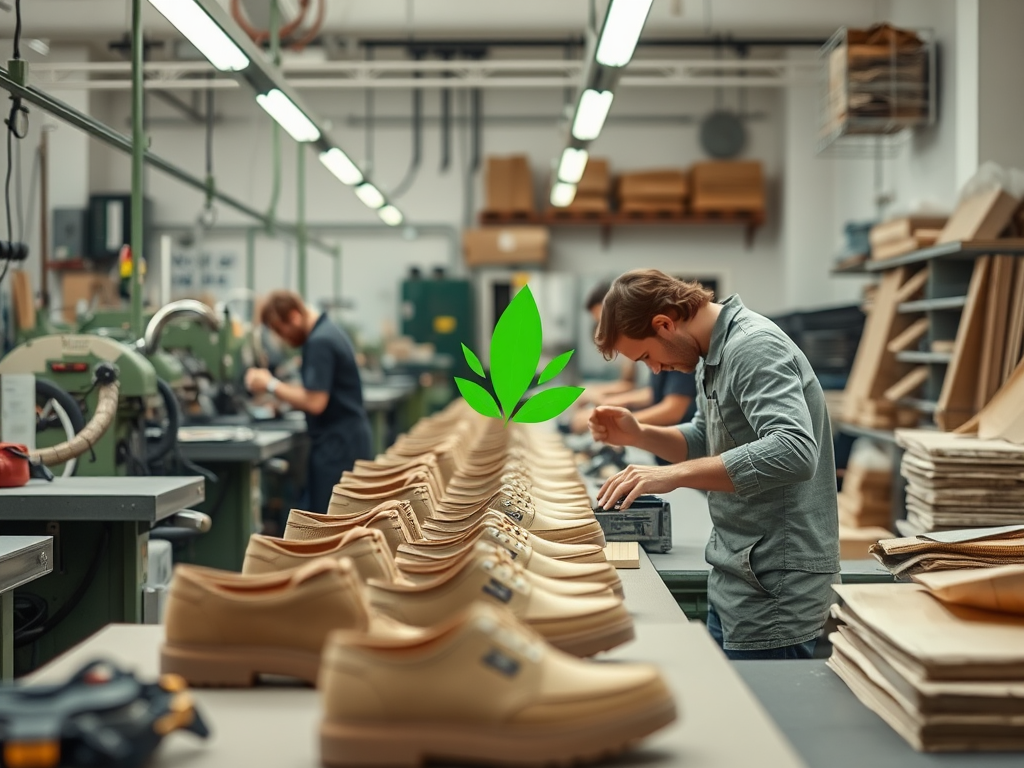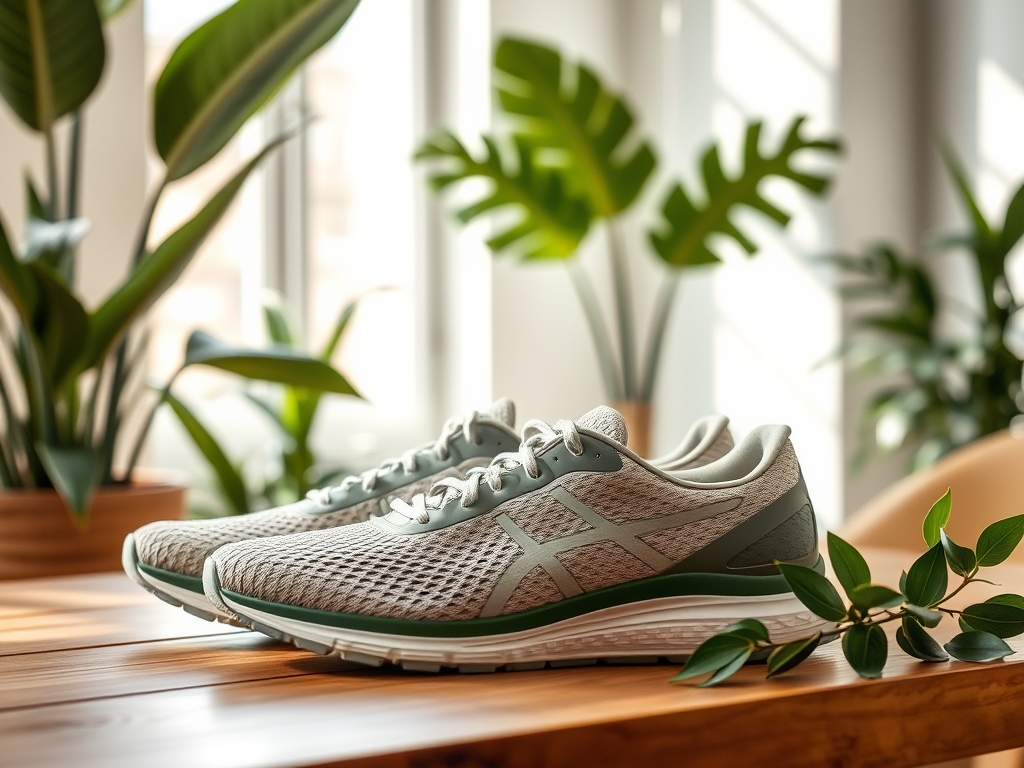Unpacking Eco-Friendly Shoe Companies: Who’s Leading the Change?
The environmental consciousness of today’s consumers is not just a passing trend; it is a movement. People are increasingly pondering the footprints they leave behind—both literally and figuratively. The shoe industry, a massive contributor to pollution and waste, is undergoing a transformation led by innovative companies striving for sustainability. Consumers are now making purchasing decisions based on a brand’s ethical standards and eco-friendly practices. The question is, which companies are genuinely making strides in this green revolution? Let’s delve deeper into how these brands are reshaping the industry.
In the past, the shoe business often focused solely on aesthetics and comfort, neglecting the environmental repercussions of mass production. However, recent years have witnessed a paradigm shift fueled by rising awareness about the planet’s health. This change is a response to pressing issues like climate change, overconsumption, and resource depletion. Eco-friendly footwear is being embraced not only for its environmental benefits but also for its fashion-forward concepts. As sustainability becomes a key purchasing factor, consumers are learning to discern the truly eco-friendly from mere greenwashing.
The Rise of Eco-Friendly Footwear

Several factors drive the demand for eco-friendly shoes, making them a significant growth area within the fashion landscape. Firstly, consumer awareness regarding environmental issues has grown exponentially, with social media platforms spreading knowledge swiftly. Additionally, the rise of eco-fashion has positioned sustainable footwear as a stylish alternative to mainstream options. Shoppers are becoming more discerning, asking questions like: “Where are these shoes made?” and “What materials are used?” The escalating concern surrounding climate change and its effects on our ecosystems has further amplified these questions. This newfound curiosity is redefining the relationships between brands and consumers.
Key Features of Eco-Friendly Shoes

Eco-friendly shoes are characterized by several defining features that separate them from conventional footwear. Sustainable materials are at the forefront—these can range from organic cotton to recycled plastics and natural rubber. Manufacturers often implement ethical labor practices ensuring fair wages and conditions for all workers. Packaging is also optimized, with many brands opting for recyclable or minimalistic designs. The intention behind creating footwear that lasts longer is another crucial factor. By crafting durable products, brands aim to combat the throwaway culture that plagues fast fashion.
Understanding the types of materials used in eco-friendly footwear is essential for consumers who want to make informed choices. Here are some commonly used sustainable materials:
- Organic Cotton
- Recycled Plastics
- Bamboo
- Natural Rubber
- Hemp
| Material | Benefits |
|---|---|
| Organic Cotton | Biodegradable and free from harmful chemicals |
| Recycled Plastics | Reduces waste and conserves resources |
| Bamboo | Fast-growing and requires minimal water |
| Natural Rubber | Renewable and provides good cushioning |
| Hemp | Durable and grows with minimal pesticides |
Leading Eco-Friendly Shoe Companies
As the market for eco-friendly footwear expands, several companies have established themselves as leaders in this arena. These brands are not just manufacturing sustainable products; they are also advocating for environmental change. Proactive involvement in renewable practices and community engagement are hallmarks of these companies.
Allbirds
Allbirds has captured the attention of consumers by using sustainable materials like merino wool and eucalyptus tree fiber. Their commitment to carbon footprint reduction is evident in their unique approach to shoe design and manufacturing. Additionally, every pair of shoes crafted carries a transparent footprint label, making customers aware of their environmental impact. This level of transparency is not common across all brands, placing Allbirds a step ahead in the industry.
Veja
Another exemplary brand, Veja, champions transparency in its sourcing and production processes. They aim not only to produce stylish shoes but also to create a positive impact on local communities through fair trade practices. By partnering with small producers and adhering to ethical labor standards, Veja is redefining what it means to be a responsible footwear brand. Their commitment to maintaining sustainable agriculture practices ensures that consumers can wear their shoes with pride.
Native Shoes
Native Shoes differentiates itself through its focus on circular fashion. Their initiative, “The Remix Project,” encourages consumers to send back their old Native Shoes in exchange for a discount on future purchases. This innovative approach reduces waste by recycling unusable shoes and giving them a second life as new products. In addition to creating footwear from eco-friendly materials, Native Shoes is paving the way for a more sustainable consumption model.
Certifications and Standards in Sustainability
Certifications serve as a beacon for consumers seeking genuine eco-friendly brands. With various certifications available, it can often be overwhelming for shoppers to navigate what each entails. Here are some of the most important certifications that eco-friendly shoe companies may pursue:
- Global Organic Textile Standard (GOTS)
- Fair Trade Certification
- OEKO-TEX Standard 100
These certifications impact consumer choices significantly, acting as a quality assurance that a brand is genuinely committed to sustainability. For brands, achieving these standards requires rigorous examination of sourcing, production practices, and labor ethics. This level of scrutiny not only enhances brand credibility but also fosters consumer trust.
The Future of Eco-Friendly Footwear
Looking ahead, the future of eco-friendly footwear appears bright, driven by a wave of technological advancements and shifting consumer behaviors. Brands are increasingly adopting innovative materials and production processes that lessen environmental impact. Trends indicate that customizable and 3D-printed footwear could soon become a reality, reducing waste and tailoring products to individual needs. The ongoing commitment to sustainability will likely influence the direction of shoe design and retail further down the line, steering the industry toward greener pastures.
Conclusion
Eco-friendly shoe companies are not just leaders in sustainability; they are pioneers in a revolution that is reshaping the entire footwear industry. As they advocate for responsible practices, they prompt consumers to reflect on their purchasing habits. This healthy scrutiny encouraged by eco-conscious brands will help cultivate a more sustainable future, one step at a time. As we continue to navigate this green landscape, it’s important to consider eco-friendly options in our buying choices—every pair counts.
Frequently Asked Questions
- What materials are typically used in eco-friendly shoes? Eco-friendly shoes often use sustainable materials such as organic cotton, recycled plastics, hemp, and natural rubber.
- Are eco-friendly shoes more expensive than regular shoes? While eco-friendly shoes can sometimes be pricier due to sustainable practices, many brands offer affordable options without compromising quality.
- How can I verify if a shoe company is truly eco-friendly? Look for certifications such as GOTS or Fair Trade, check the company’s transparency in sourcing, and read customer reviews.
- Do eco-friendly shoes last as long as traditional shoes? Many eco-friendly shoes are designed with durability in mind, and you can often find options that last just as long or even longer than conventional footwear.
- Can I find eco-friendly shoes in various styles? Yes, many eco-friendly brands offer a wide variety of styles, including sneakers, sandals, and formal footwear, making it easy to find sustainable options for any occasion.


